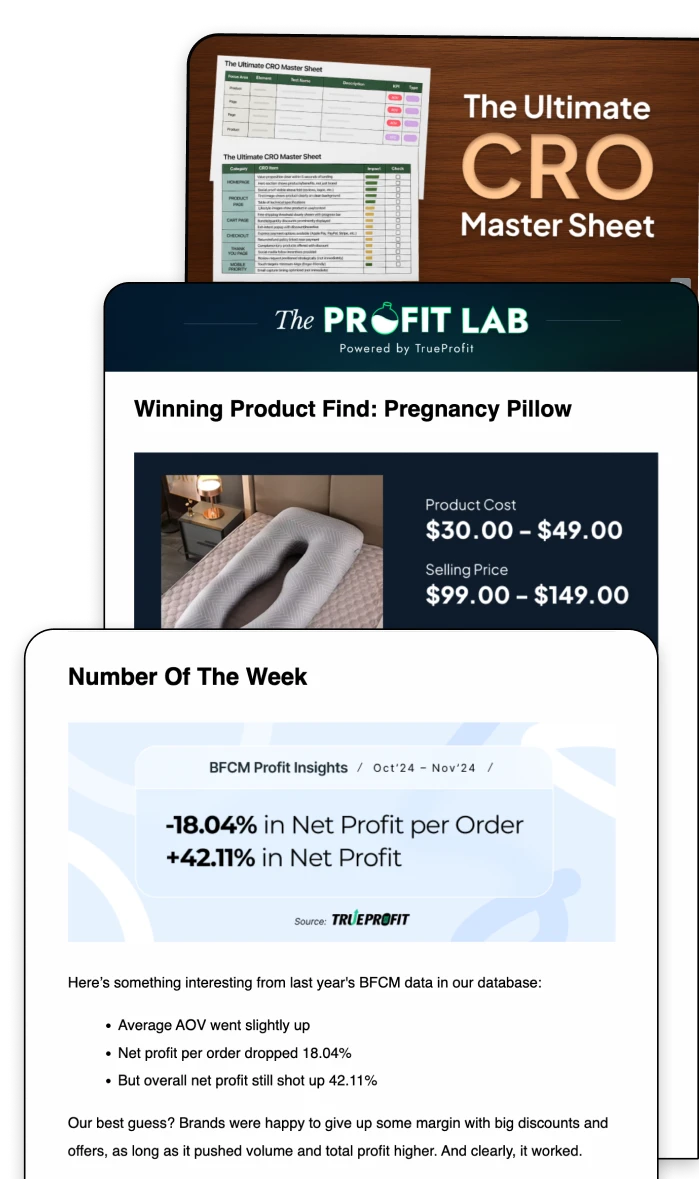How to Scale Your Shopify Store: 7 fastest ways + Examples
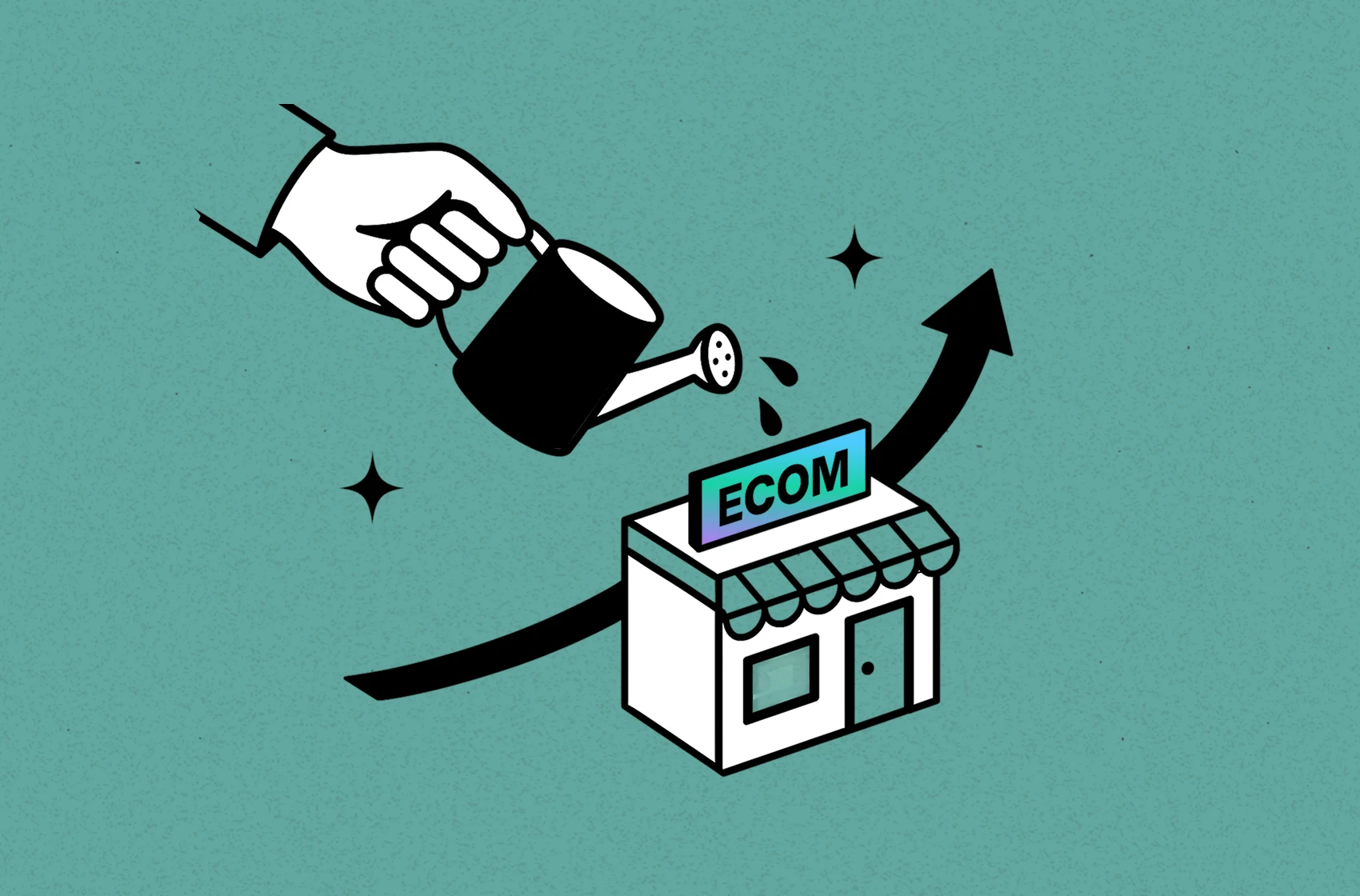
Scaling your Shopify store means more than just getting more visitors—it’s about turning your current momentum into consistent, profitable growth. Whether you’re seeing your first few sales or ready to grow faster, having the right systems, traffic sources, and profit-tracking tools in place is what separates stagnant stores from scalable ones.
In this guide, you'll learn exactly how to scale a Shopify store step-by-step using strategies designed for fast results and long-term success. From improving your margins to expanding your audience and automating repeat sales, each tactic is beginner-friendly and backed by what actually works in 2025.
1. Solidify Your Growth Foundation
Scaling a Shopify store starts with getting your foundation right. Before investing more in ads, make sure your operations can handle increased demand without breaking. If your best-selling products go out of stock or your site slows down under traffic, new visitors will bounce and your ad spend will go to waste.
Start by validating product demand: monitor repeat purchases, return rates, and reviews. If a product isn’t performing well, hold off on scaling it until it’s optimized. Then, audit your fulfillment setup. Can your current partners handle twice your current volume without delays or mistakes? If not, consider switching to a 3PL that offers dynamic scaling based on volume spikes.
Don’t overlook site performance either. A slow site quietly kills conversions. Use Shopify’s speed report and tools like Google PageSpeed Insights to identify bottlenecks—because even a 1-second speed boost can increase conversions by up to 7%.
The right tech stack can cut hours of manual work and unlock new growth levers. Not sure where to start? This list of the best Shopify apps covers essential tools for optimization, retention, and revenue growth.

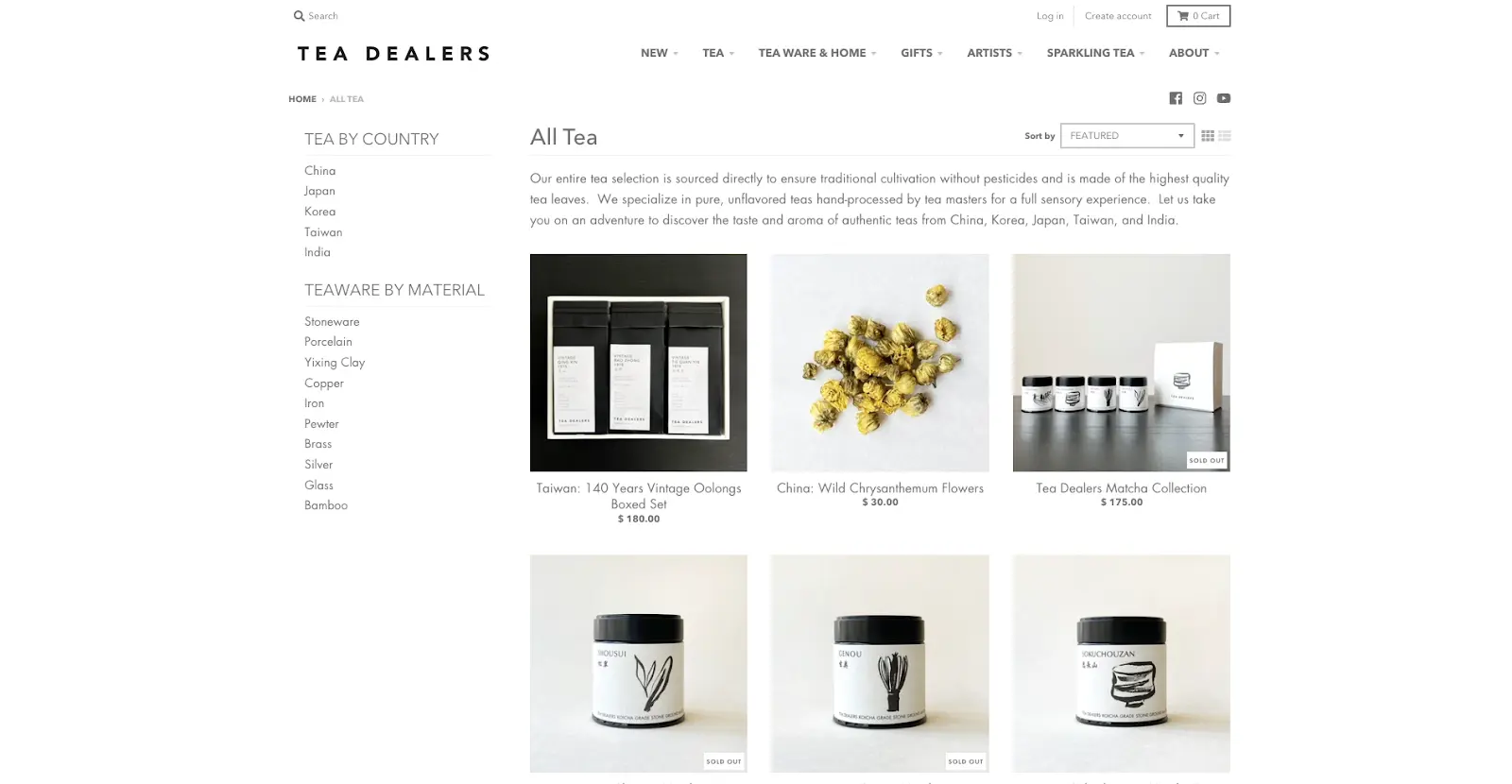
2. Gain Real-Time Profit Visibility
Revenue growth means little if margins are shrinking. Traditional spreadsheets can’t keep pace with fluctuating shipping fees, ad costs, and supplier price changes. Real-time profit tools—such as TrueProfit—automatically ingest every cost component (COGS, transaction fees, ad spend) and update your net margin dashboard continuously.
This allows you to spot “profit drags” like high-cost fulfillment zones or underperforming ad creatives. When you know exactly which products or campaigns deliver the best return, you can reallocate the budget instantly—maximizing efficient growth and avoiding wasted spend.

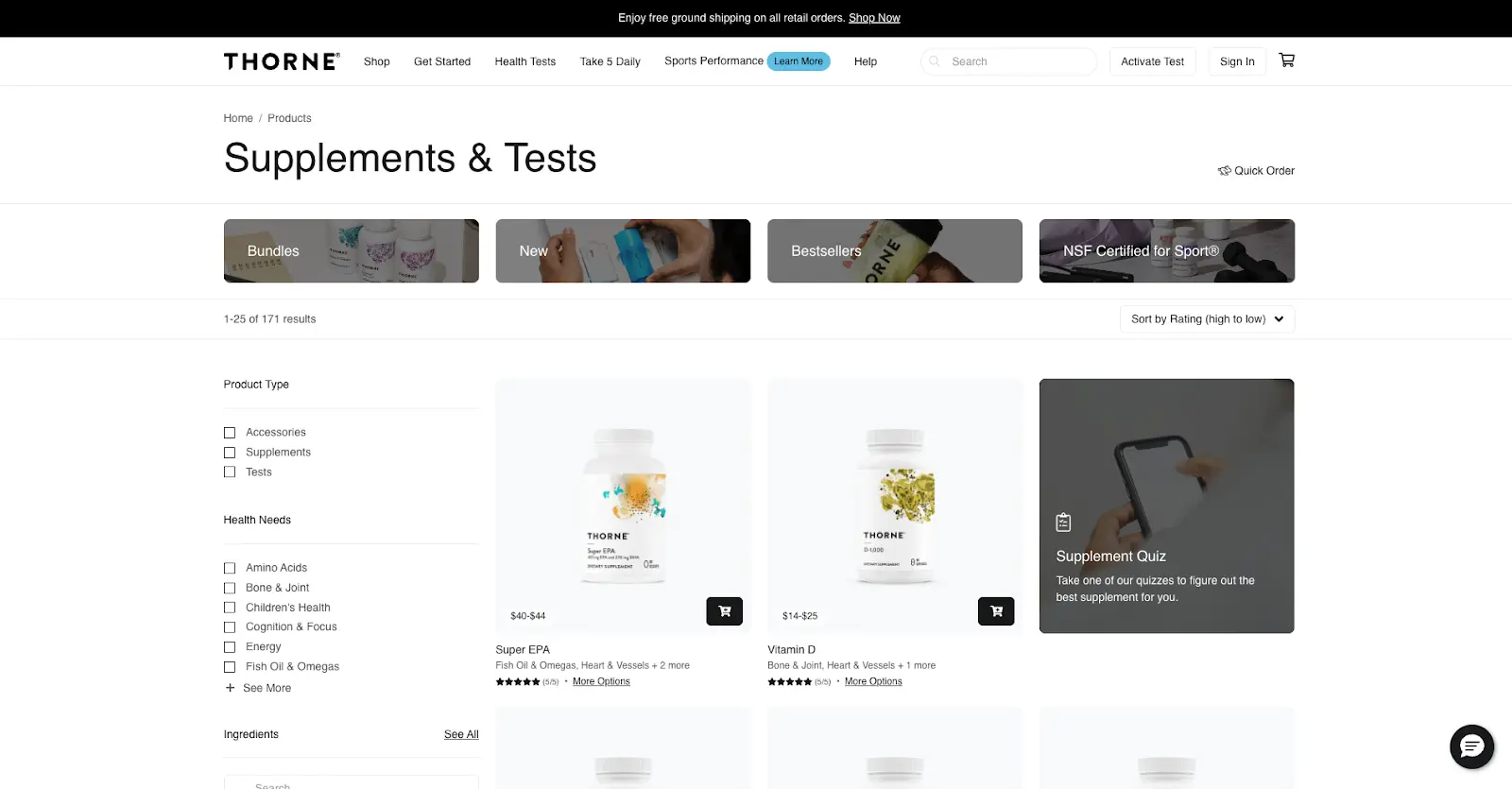
3. Optimize High-ROI Marketing Channels
Not all traffic sources are created equal. Scaling your Shopify store profitably means zeroing in on channels with proven cost-per-acquisition (CPA) and return-on-ad-spend (ROAS). Instead of chasing every channel, focus on what already drives results.
Whether you're leaning into TikTok, Meta Ads, or SEO, your strategy should align with customer intent and ROI. If you're unsure where to begin, our guide on how to promote your Shopify store breaks down free and paid methods that actually convert.
Once you’ve identified your champions—whether Instagram, Pinterest, or paid search—incrementally increase budgets on those segments only. Continuously A/B test ad creatives and audience variations so you’re always improving efficiency. Remember: doubling down on what works often outperforms diversifying into untested channels.

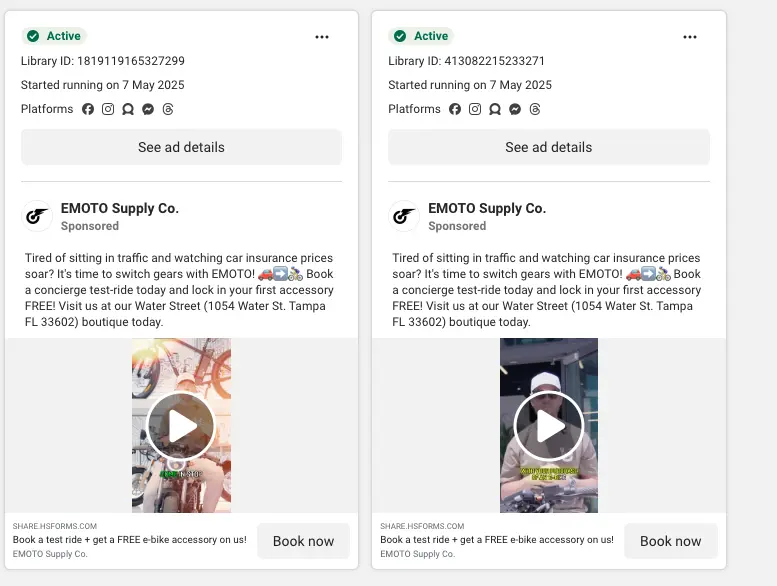
4. Automate and Streamline Operations
Manual processes create bottlenecks that amplify under growth. Automate wherever you can: use Shopify Flow to trigger restock alerts, sync inventory levels with suppliers in real time, or route high-priority orders to specific fulfillment centers.
Customer support automation—via chatbots or canned responses in Gorgias—can handle up to 80% of common inquiries, freeing your team to solve complex issues.
Also, review your app stack regularly and remove any tool that doesn’t directly contribute to revenue, retention, or automation: fewer integrations mean fewer outages and faster page loads.

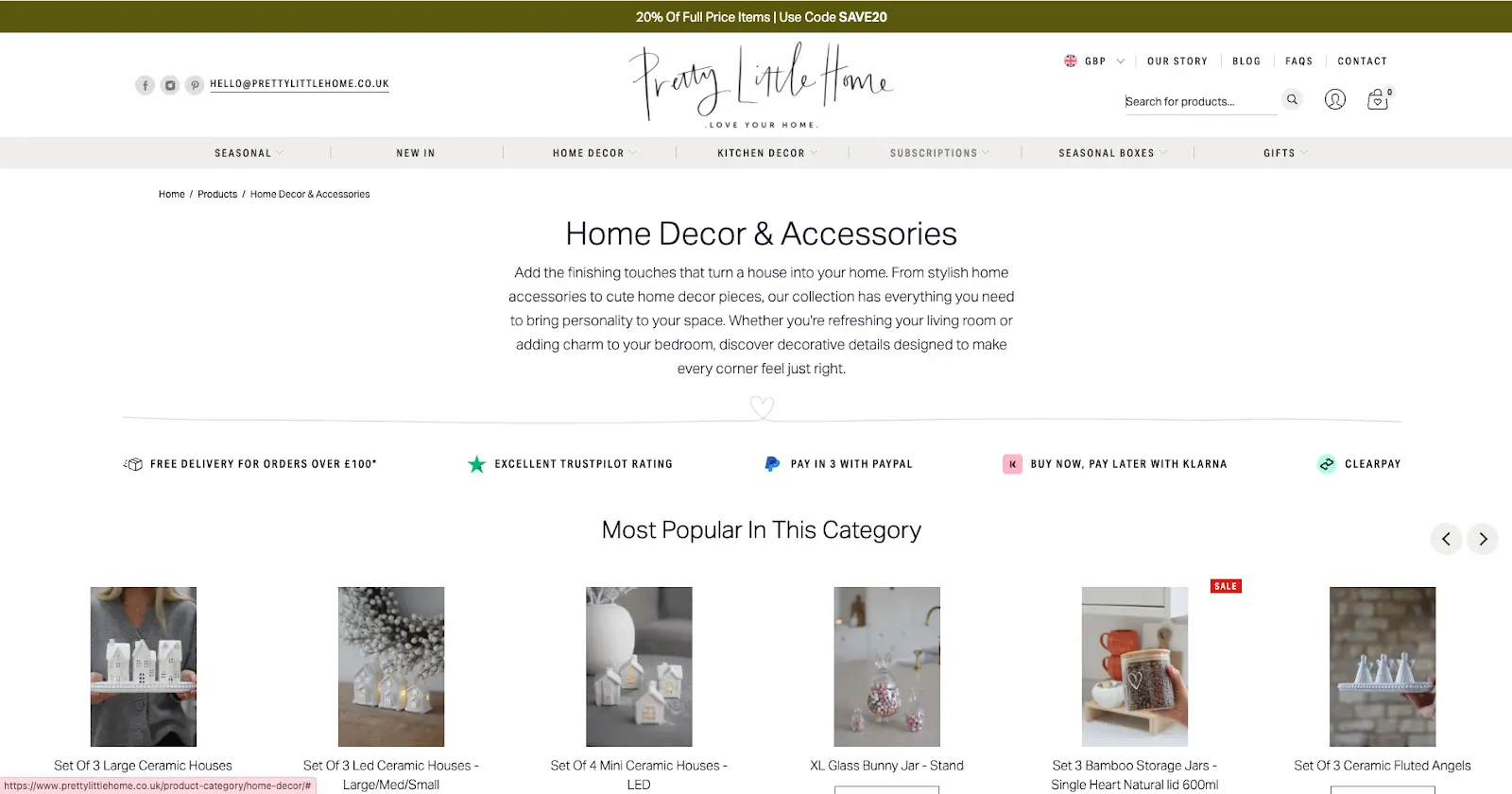
5. Refine Your Product Portfolio for Profit
Scaling every SKU equally dilutes your marketing power. Instead, pinpoint your highest-margin, lowest-return products by analyzing sales data alongside return rates and customer feedback.
Most stores use bundling to drive AOV—pair a best-seller with a complementary item at a slight discount. Launch limited-edition variants to test new ideas without committing to large inventory buys. As you refine your portfolio, you’ll spend less on underperforming items and capture more profit from your flagship offerings.

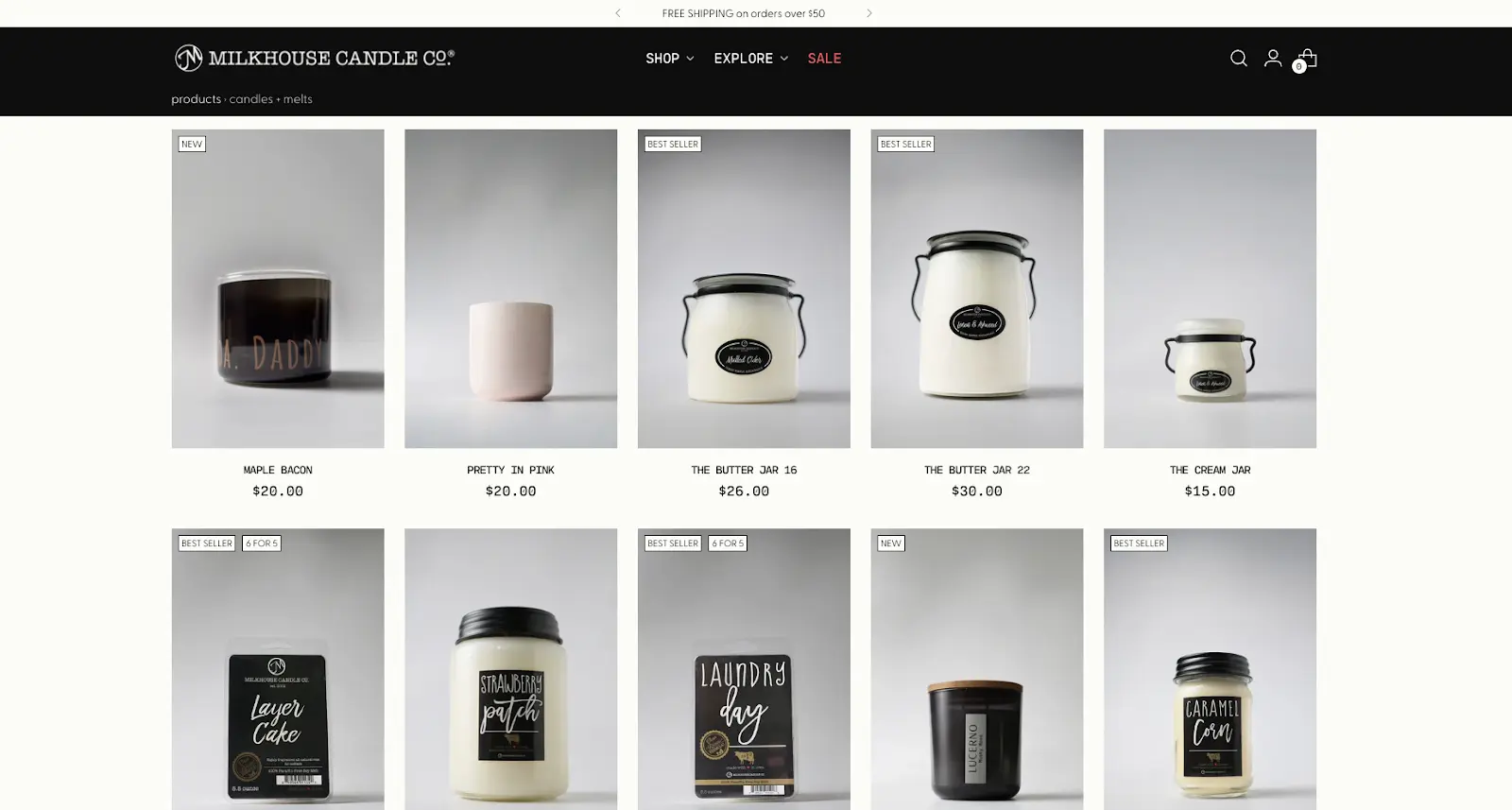
6. Expand Traffic Sources Strategically
Once your core channels are humming, branch into new streams—without losing focus. For long-term growth, choose channels that consistently bring high-intent traffic. Layer in retargeting and influencer content to warm up new visitors. Explore additional Shopify marketing strategies to discover what works best for your niche and stage of growth.
For instance, content marketing (e.g. how-to guides or product comparisons around “shopify marketing strategy”) builds SEO equity over time, bringing in free, targeted traffic compared to when you constantly need to buy traffic via paid ads campaigns.
Besides content marketing, affiliate partnerships or white-label influencer content can also tap into pre-qualified audiences with minimal upfront cost. Always measure each new channel’s incremental CPA and CAC payback period; if a traffic source can’t break even within your target window, pause and reinvest elsewhere.

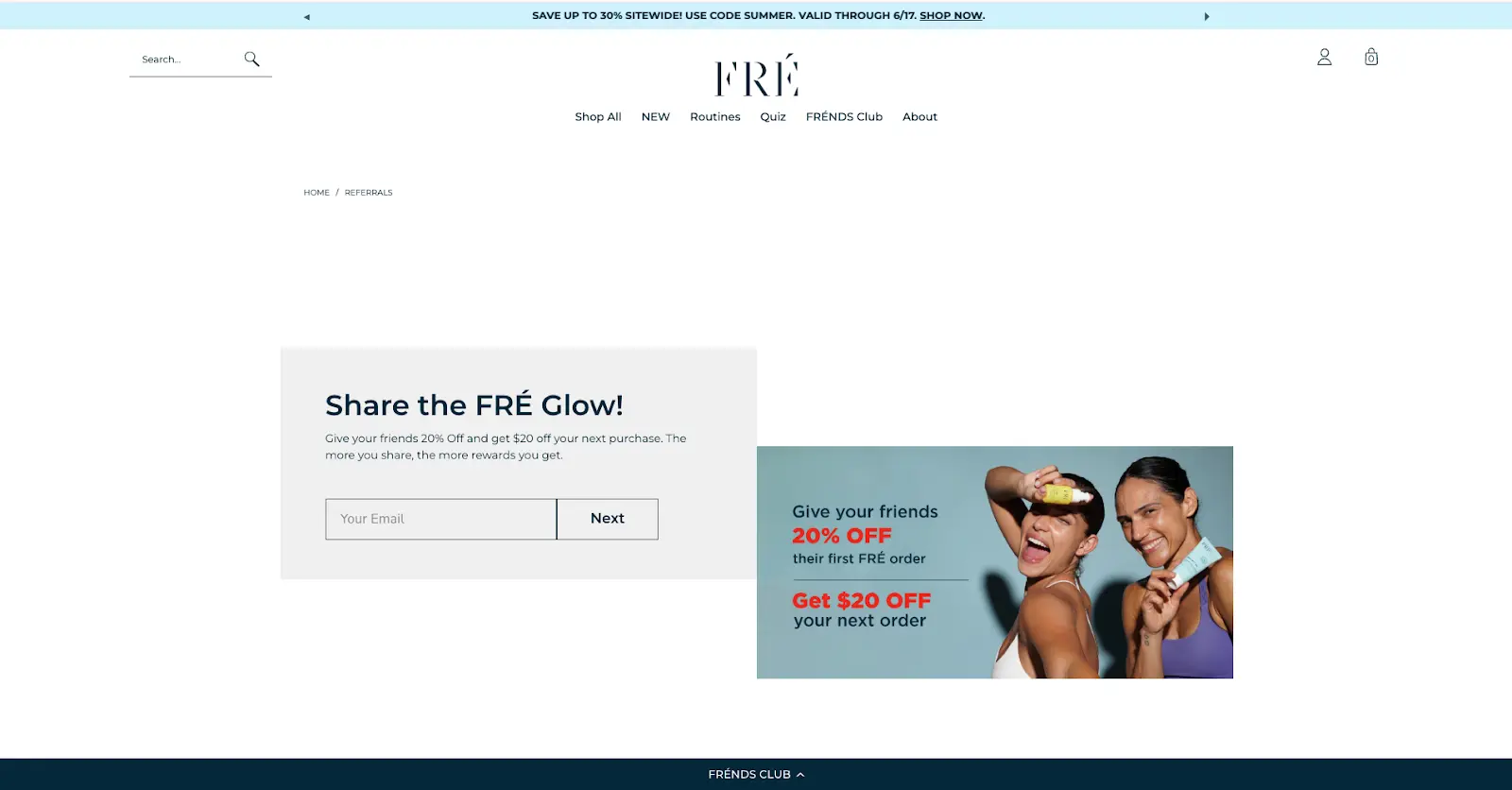
7. Boost Lifetime Value with Retention Tactics
Acquiring a customer is five times more expensive than retaining one. To scale sustainably, invest in post-purchase experiences that encourage repeat orders. Automated flows—welcomes, replenishment reminders, and VIP offers—keep customers engaged.
Loyalty programs with tiered rewards motivate continued spend, while subscription options smooth out revenue fluctuations. Personalize recommendations using past purchase behavior, and surprise VIPs with early-access drops. Over time, these retention efforts compound, increasing your average customer lifetime value and reducing the pressure on acquisition channels.

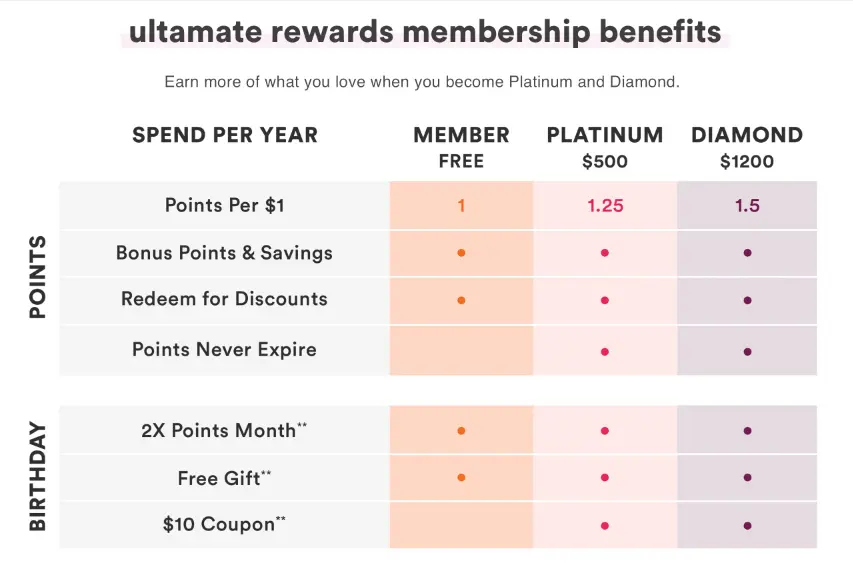
Overall, to truly grow your business, you need to understand how much you’re actually keeping — not just what you’re earning. TrueProfit gives you real-time visibility into your net profit, factoring in all your costs automatically. So you can make smarter decisions, backed by accurate data — not guesswork.
Start tracking your true profit today with TrueProfit and build a more profitable Shopify store.
Harry Chu is the Founder of TrueProfit, a net profit tracking solution designed to help Shopify merchants gain real-time insights into their actual profits. With 11+ years of experience in eCommerce and technology, his expertise in profit analytics, cost tracking, and data-driven decision-making has made him a trusted voice for thousands of Shopify merchants.
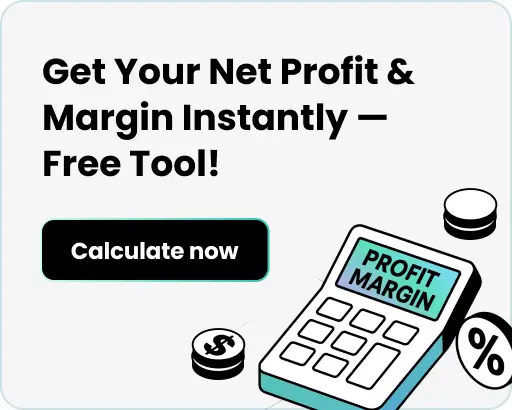


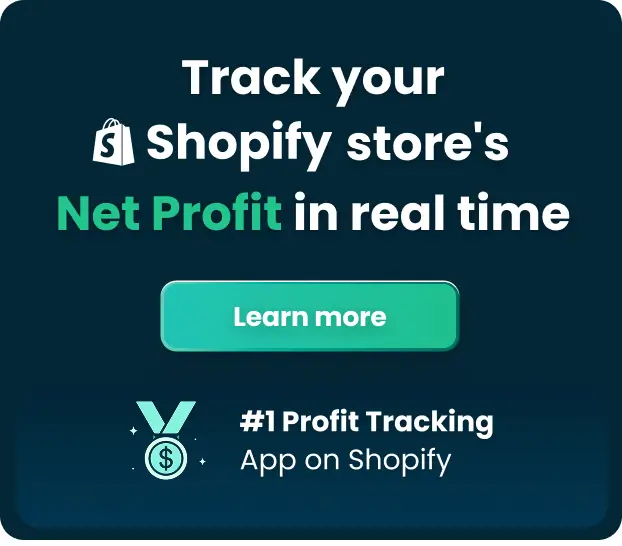
 Shopify profits
Shopify profits